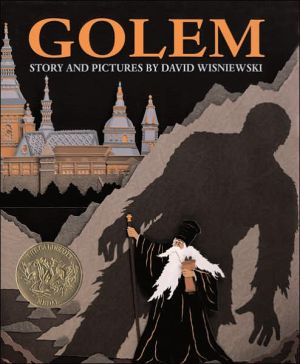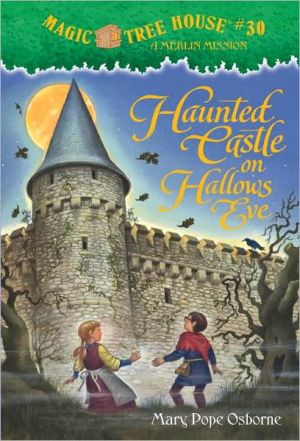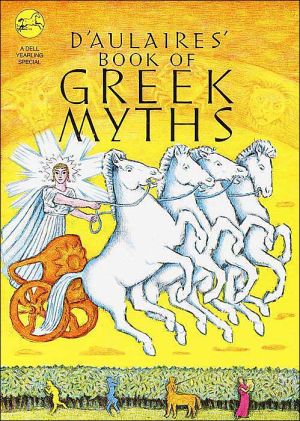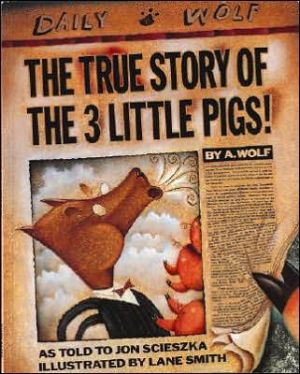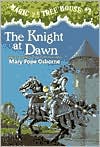Golem
Retold from traditional sources and accompanied by David Wisniewski's unique cut-paper illustrations, Golem is a dramatic tale of supernatural forces invoked to save an oppressed people. It also offers a thought-provoking look at the consequences of unleashing power beyond human control. The afterword discusses the legend of the golem and its roots in the history of the Jews. A Caldecott Medal Book.\ \ \ A saintly rabbi miraculously brings to life a clay giant who...
Search in google:
Retold from traditional sources and accompanied by David Wisniewski's unique cut-paper illustrations, Golem is a dramatic tale of supernatural forces invoked to save an oppressed people. It also offers a thought-provoking look at the consequences of unleashing power beyond human control. The afterword discusses the legend of the golem and its roots in the history of the Jews. A Caldecott Medal Book.Publishers WeeklyElaborately composed cut-paper spreads give a 3D, puppet-show-like quality to a retelling of a Jewish legend. Rabbi Loew has a prophetic vision in 1580 when the Jews of Prague are accused of mixing the blood of Christian children into matzoh: he must create a Golem, "a giant of living clay, animated by Cabala, mystical teachings of unknown power." Brought to life with apocalyptic explosions of steam and rain, the Golem seeks out the perpetrators of the Blood Lie and turns them over to the authorities. Thwarted, the enraged enemies of the Jews storm the gates of the ghetto, but the Golem grows to enormous height and violently defeats them with their own battering ram. Once his work is done, he pitifully (and futilely) begs the Rabbi: "Please let me live! I did all that you asked of me! Life is so... precious... to me!" Wisniewski (The Wave of the Sea Wolf) emphasizes the Golem's humanity and the problems with his existence; instead of reducing the legend to a tale of a magical rescuer, the author allows for its historical and emotional complexity. The fiery, crisply layered paper illustrations, portraying with equal drama and precision the ornamental architecture of Prague and the unearthly career of the Golem, match the specificity and splendor of the storytelling. An endnote about the history and influence of the legend is particularly comprehensive. Ages 6-10. (Oct.)
\ Publishers Weekly - Publisher's Weekly\ Elaborately composed cut-paper spreads give a 3D, puppet-show-like quality to a retelling of a Jewish legend. Rabbi Loew has a prophetic vision in 1580 when the Jews of Prague are accused of mixing the blood of Christian children into matzoh: he must create a Golem, "a giant of living clay, animated by Cabala, mystical teachings of unknown power." Brought to life with apocalyptic explosions of steam and rain, the Golem seeks out the perpetrators of the Blood Lie and turns them over to the authorities. Thwarted, the enraged enemies of the Jews storm the gates of the ghetto, but the Golem grows to enormous height and violently defeats them with their own battering ram. Once his work is done, he pitifully (and futilely) begs the Rabbi: "Please let me live! I did all that you asked of me! Life is so... precious... to me!" Wisniewski (The Wave of the Sea Wolf) emphasizes the Golem's humanity and the problems with his existence; instead of reducing the legend to a tale of a magical rescuer, the author allows for its historical and emotional complexity. The fiery, crisply layered paper illustrations, portraying with equal drama and precision the ornamental architecture of Prague and the unearthly career of the Golem, match the specificity and splendor of the storytelling. An endnote about the history and influence of the legend is particularly comprehensive. Ages 6-10. (Oct.)\ \ \ \ \ "The cut-paper collages are exquisitely produced and exceedingly dramatic. There is menace and majesty in Wisniewski's use of color, and he finds atmosphere and terror in a scissor's stroke. A fact-filled final note concludes this mesmerizing book."\ \ \ School Library JournalGr 3 UpWisniewski's retelling of the golem legend varies only slightly from the traditional version recounted by Beverly McDermott in The Golem (HarperCollins, 1975; o.p.). It is the tale of a clay giant formed in the image of man to protect the Jewish people of medieval Prague from destruction by their enemies. His master, the chief rabbi of Prague in the late 16th century, was a highly regarded Cabbalist (a mystic). In this telling, the golem speaks with the simplicity of a child (In many versions he is mute), and he is destroyed when the emperor guarantees the safety of the Jewish people. (Traditionally, the golem goes berserk and must be returned to the earth.) A lengthy note explains the idea of the Golem and details Jewish persecution throughout history. Wisniewski has used layers of cut paper to give depth to his illustrations, many of which have a three-dimensional appearance. A wispy layer, which begins as the vapor of creation, becomes smoke from torches carried by an angry mob of armed silhouette people and horses. The colors are browns and grays of the earth, sunrise mauve, and the pumpkin and burnt orange of fire and sunset. Skillful use of perspective enhances the Golem's immense size. While the plot is stronger than in Mark Podwal's retelling (Greenwillow, 1995), Wisniewski's text lacks the power and child appeal of McDermott's spare, well-crafted tale. Still, collections wanting another edition of the story might consider this one.Susan Scheps, Shaker Heights Public Library, OH\ \ \ \ \ Kirkus ReviewsThe much honored cut-paper master (Sundiata, 1992, etc.) turns his attention to a retelling of the story of the Golem, created by a chief rabbi, Judah Loew, to defend the Jews against the "Blood Lie" (that Jews were mixing the blood of Christian children with the flour and water of matzoh) of 16th-century Prague.\ Like Rogasky's book (see review, above), Wisniewski's exposes the slander that was embraced and widely promulgated during the Holocaust years. Loew's Golem—a sort of simple yet powerful giant made of clay with the Hebrew word emet (truth) on his forehead—is named Joseph and charged to "guard the ghetto at night and catch those planting false evidence of the Blood Lie . . . and bring them unharmed to the authorities." In Wisniewski's story, the Golem turns back the rampaging masses who want to destroy the Jews of Prague and is eventually returned to the clay from which he sprang. The cut-paper collages are exquisitely produced and exceedingly dramatic. There is menace and majesty in Wisniewski's use of color, and he finds atmosphere and terror in a scissor's stroke. A fact- filled final note concludes this mesmerizing book.\ \ \
